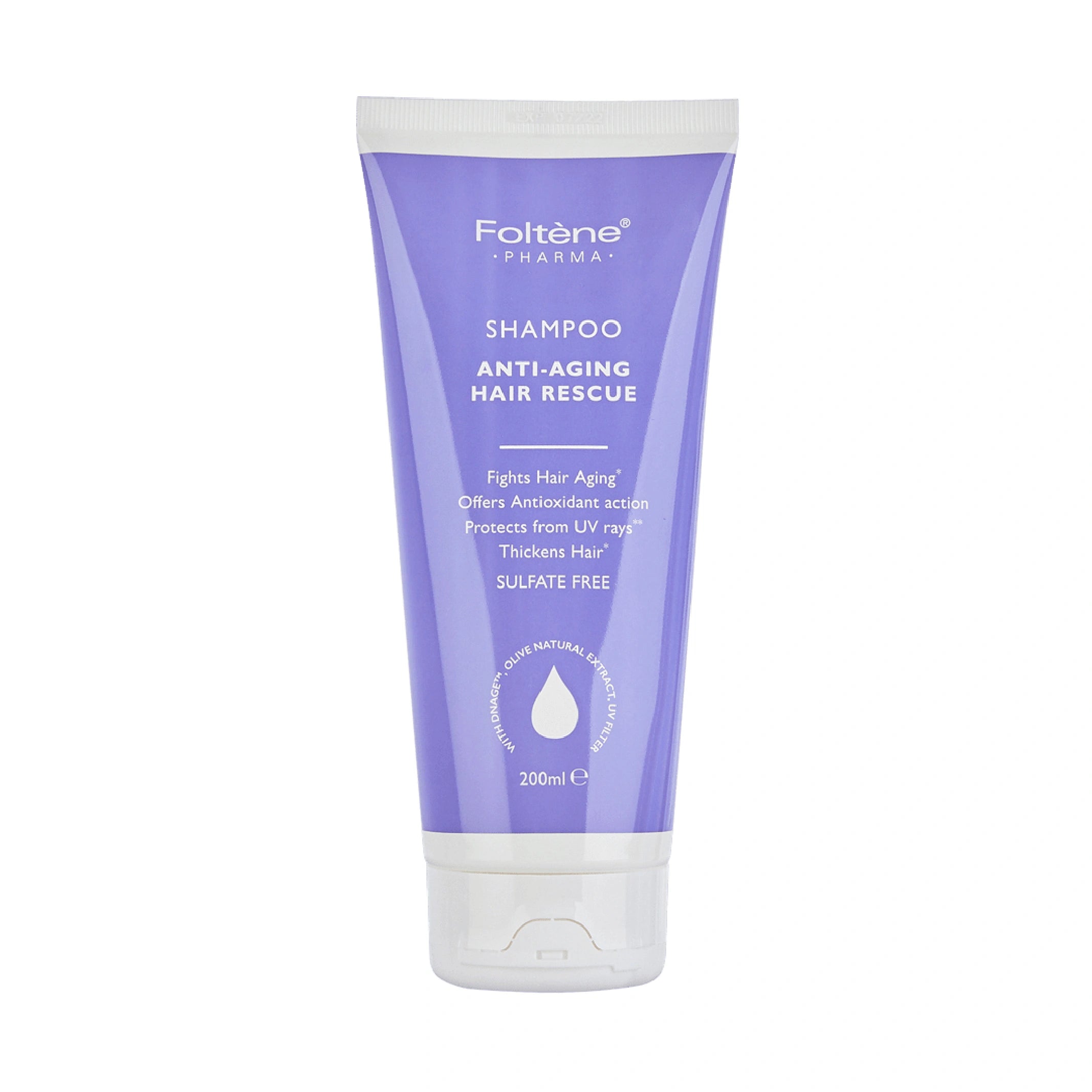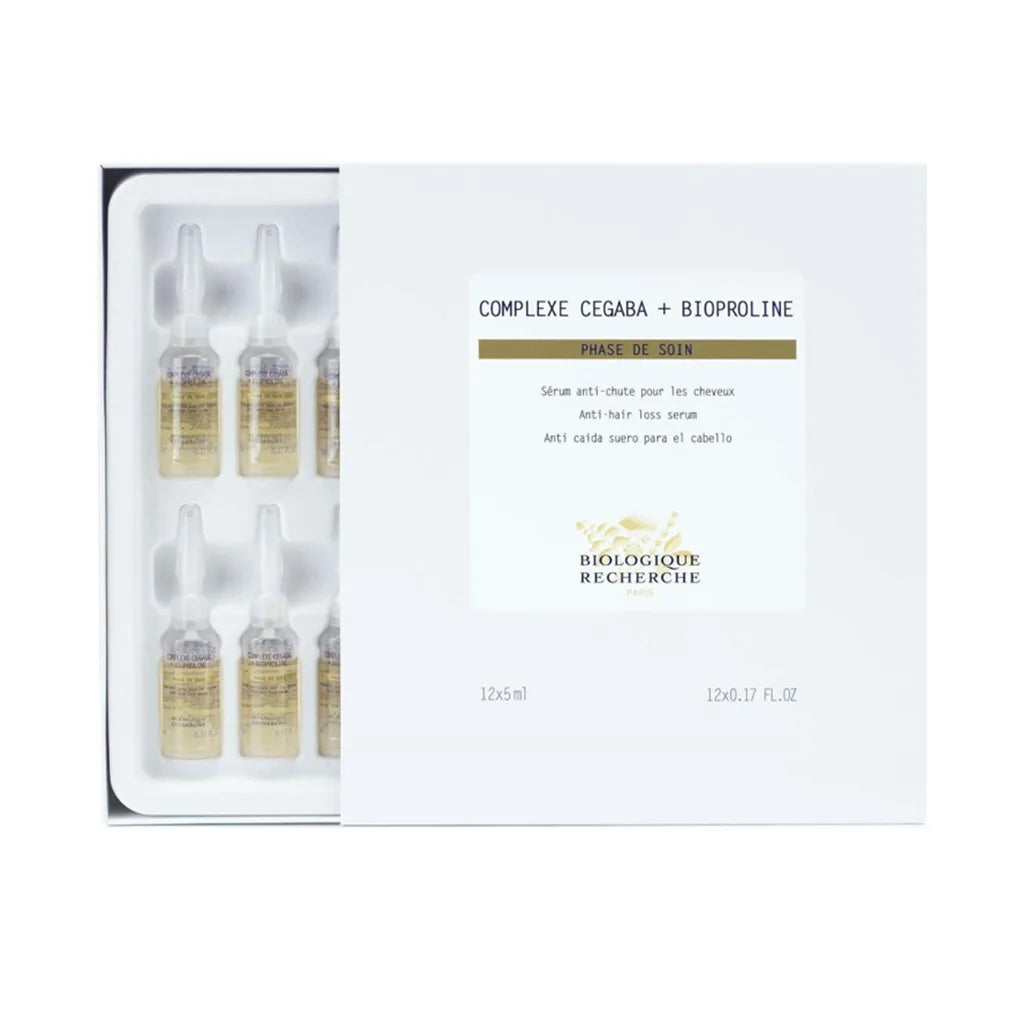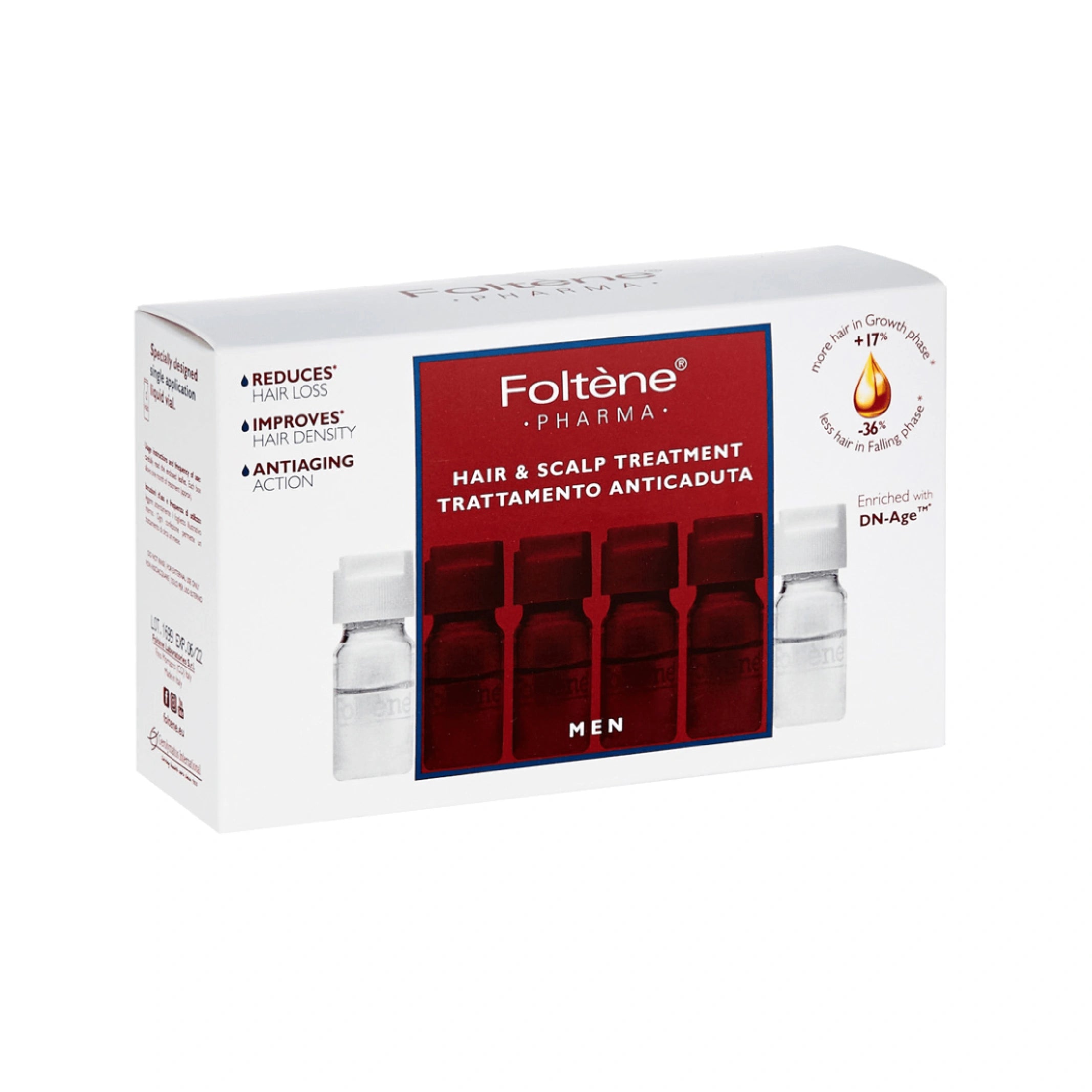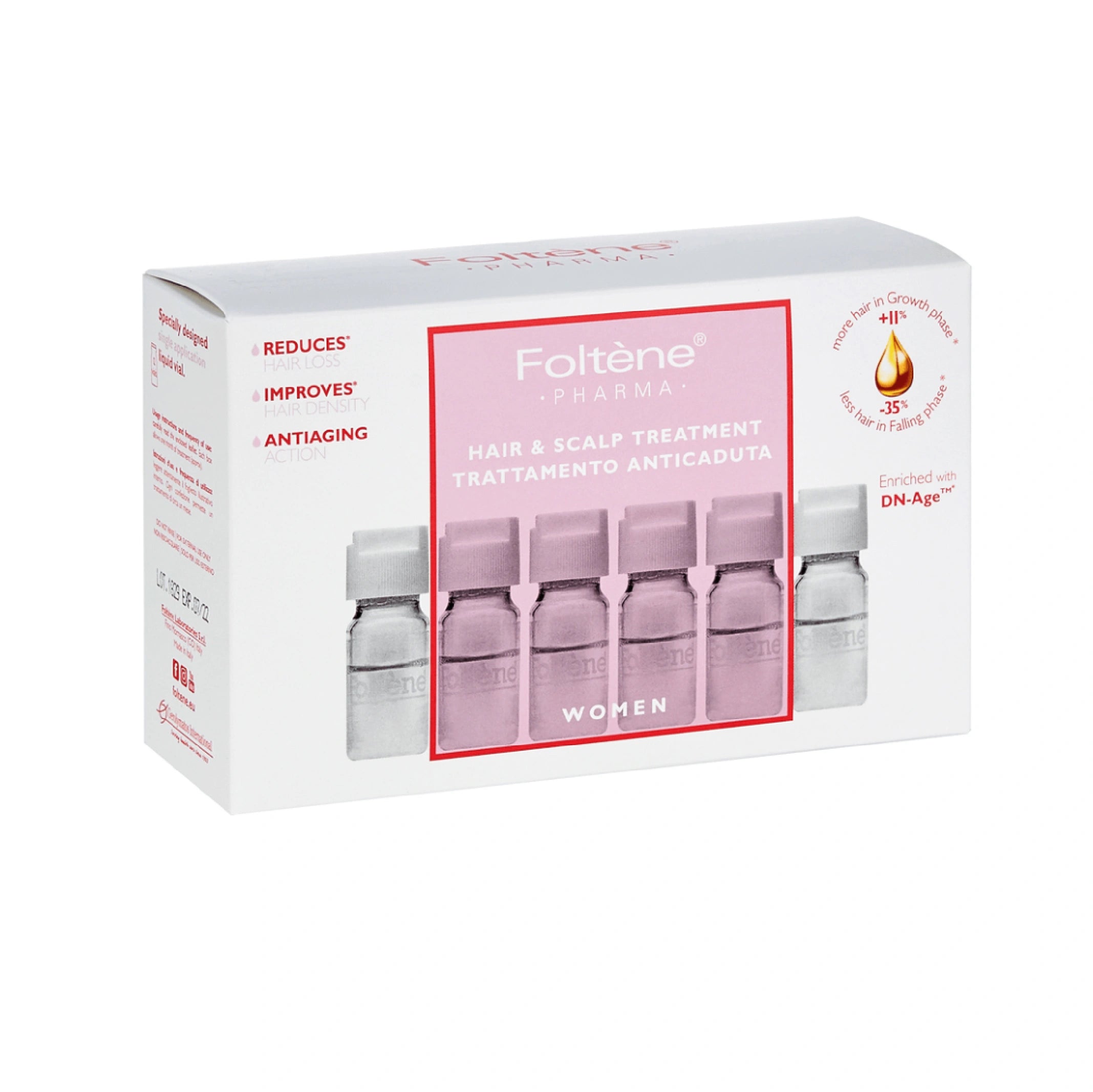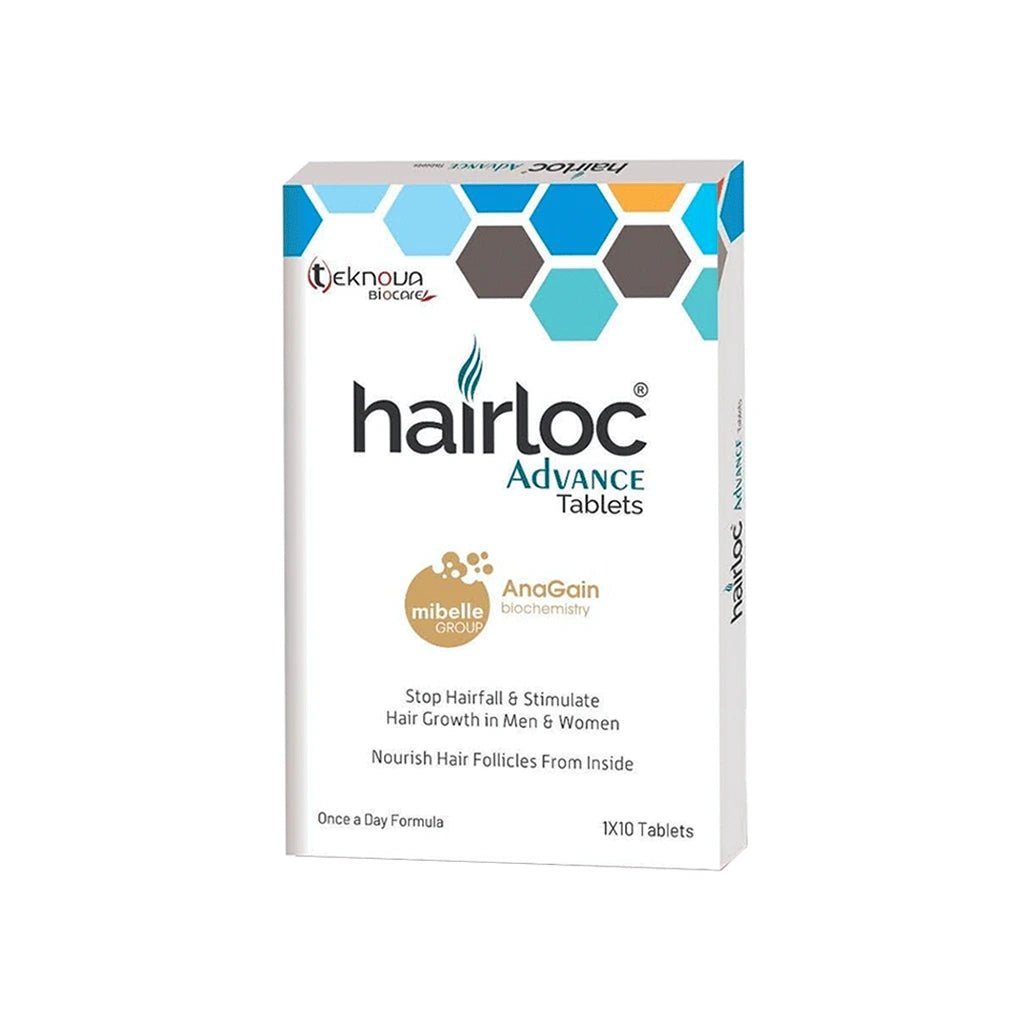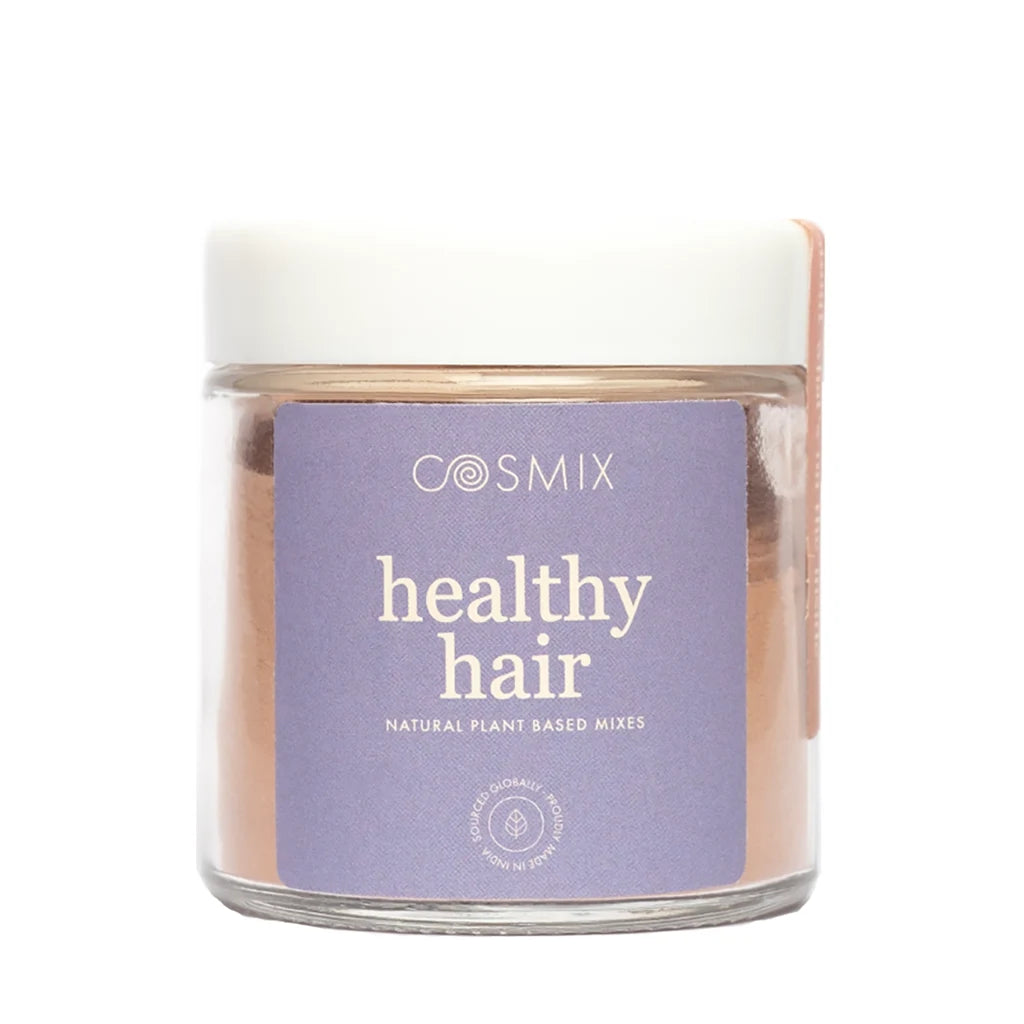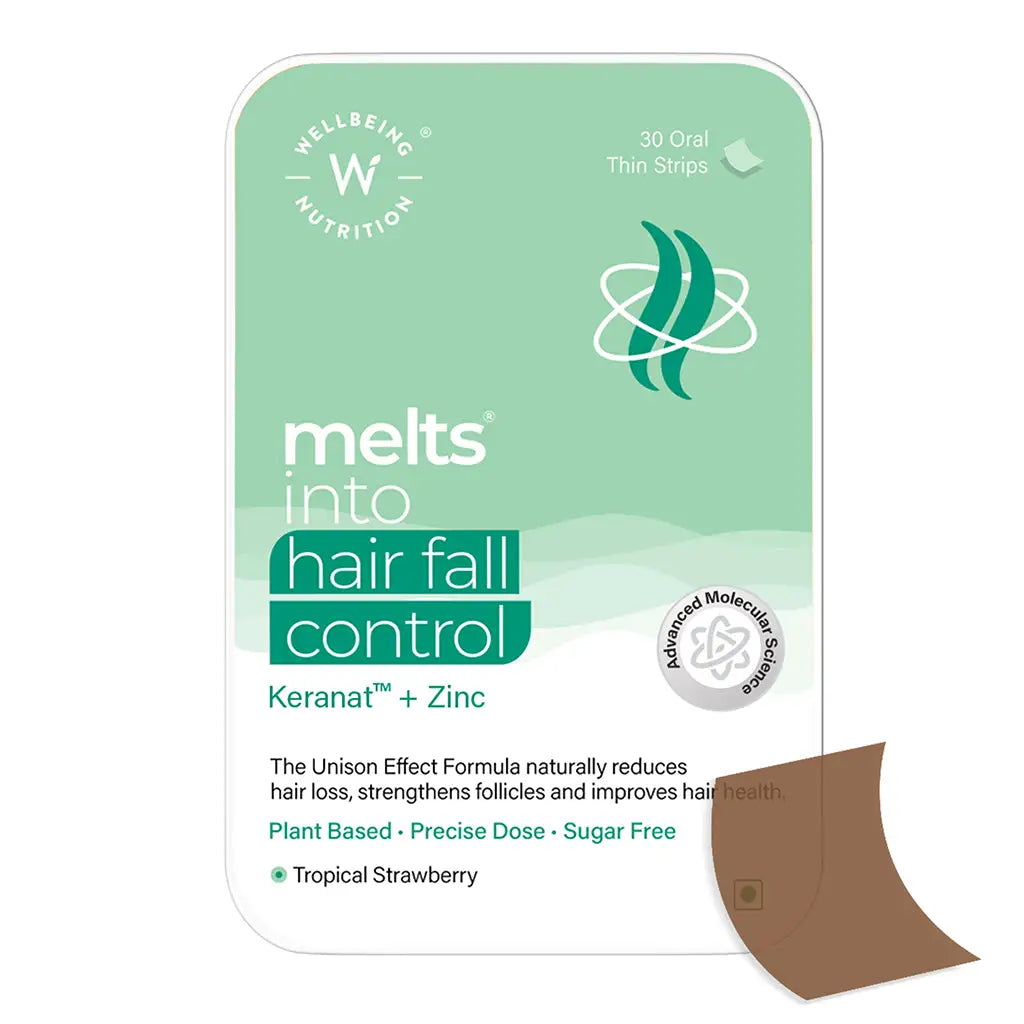Hair today, gone tomorrow?
Written By Dr. Pooja Shah Talera | Image Credit Alexis Ferrer
Lush, is the dream word for hair. And ever so often, we get this common concern, “I’m losing so much hair, I’m going to lose my mind!”. Short or long, men or women, grey or coloured, experimental or safe, whatever the choice, we all want to keep that crown jewel looking really lush!
READ TIME: 5 minutes
Before you start panicking, let’s understand what is normal and what is happening at the biological level.
Your hair life cycle moves between 3 phases - growth (anagen), transitional (catagen) and shedding (telogen phase). About 85% of the hair follicles are in the active anagen phase for about 4 years, 3-5% are in transition phase whereby they detach from the root and 10% of the hair are shedding for 3-4 months and this is what allows the root to “rest” before the cycle begins again.
Hence, a normal healthy scalp can easily lose 50-100 strands a day. These are more pronounced during hair washes or combing.
The abnormal. Most hair loss can be primarily caused by these 2 conditions: Telogen Effluvium & Androgenetic Alopecia. There are other rare conditions, and a medical opinion will help differentiate in case of doubt.
TELOGEN EFFLUVIUM
As the name suggests, this condition occurs when almost 70% of hair is pushing prematurely in the resting phase. Any shock to the body’s normal physiology, results in a telogen overdrive that is seen usually 2 months after the shock and what you see is literally hair everywhere! There is no focal area of balding but the scalp appears thin, short hairs of normal thickness indicating regrowth are seen and a gentle hair pull test reveals hair with the bulb intact. This shedding is body’s way of redirecting it’s energies in recovering from the main stressors which can be:
- Oxidative stress - think recovering from a nasty infection or chronic illness or severe psychological stress.
- Nutritional deficiencies especially in your Ferritin, B12 or Vitamin levels or those resulting from crash diets.
- Thyroid dysfunction.
- Post partum.
- Very rarely localised inflammation resulting from dermatitis especially seborrheic dermatitis.
This condition affects men and women alike. The acute phase can last for upto 6 months and regrowth is expected within 3-9 months usually. However in the same cases the acute phase can transition into chronic telogen effluvium or female pattern hair loss and sometimes the hair growth may also not be complete.
Here is what helps to mitigate the effects of the condition and aim for a complete regrowth.
- Correcting any underlying causes.
- A well balanced nutrition for the body with food that is rich in protein.
- Nutritional supplements that contain biotin, saw palmetto, calcium pantothenate, soya isoflavon, zinc, iron, essential amino acids render benefit for regrowth.
- Topical solutions in terms of shampoo or leave-on solutions that act like fertilizer for hair promoting growth, circulation and follicle activation is hugely beneficial.
ANDROGENETIC ALOPECIA
In simple terms, known as balding. Whether Male Pattern Hair Loss (MPHL) or Female Pattern Hair Loss (FPHL), balding carries a strong genetic disposition that can be inherited from either parents. The main phenomenon here is hair miniaturisation, basically, hair shrinking from terminal thick shafts to wispy vellus hair resulting from shorted growth cycles, narrowing of hair follicles and reduction in the number of hair follicles. What you see on the scalp is widening of the partition with a general decrease in density in the crown area for women and a recession of the hairline and thinning of the vertex in men. Women usually do not respond to full balding, unlike men. The rate of progress of this condition is usually different in each individual.
In MPHL the primary culprit is the DHT hormone which is regulated by 5 alpha reductase enzymes. Most medications are targeted to inhibit this enzyme. In FPHL, chronic Telogen Effluvium which causes hair shedding, excess androgens from a history of PCOS, strong genetic predisposition and menopause are known to cause hair thinning.
The treatments for AGA are aimed to reduce miniaturization and promote hair regrowth.
- Finasteride/ Dutaseride, widely known as Propecia, this medication shows significant improvement in the condition in men. We often say, as long as you want the hair on your head, you need to continue this medication.
- Topical Minoxidil Solution in the concentration of 2% up to 10% dramatically improves the condition. The visible results however take almost 6 months of regular application.
- Nutritional supplements and topical growth factors which basically provide the right “soil” on your scalp for hair regrowth act as good adjuvant therapy. These are mentioned above and linked below.
- Hair rejuvenation procedures like PRP and hair transplant are considered next steps after you have tried steps 1-3 and can be discussed in consultation with your physician.


